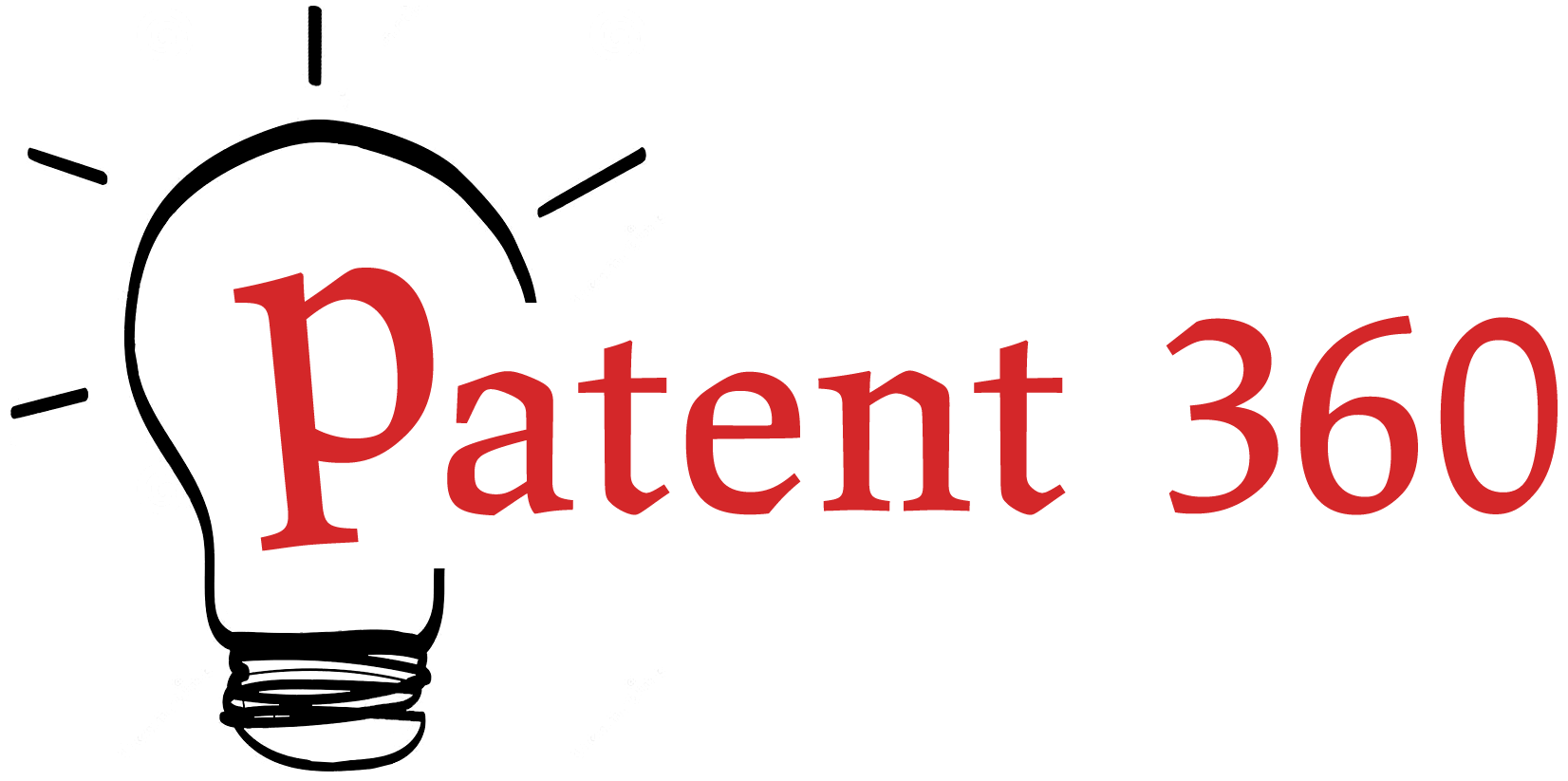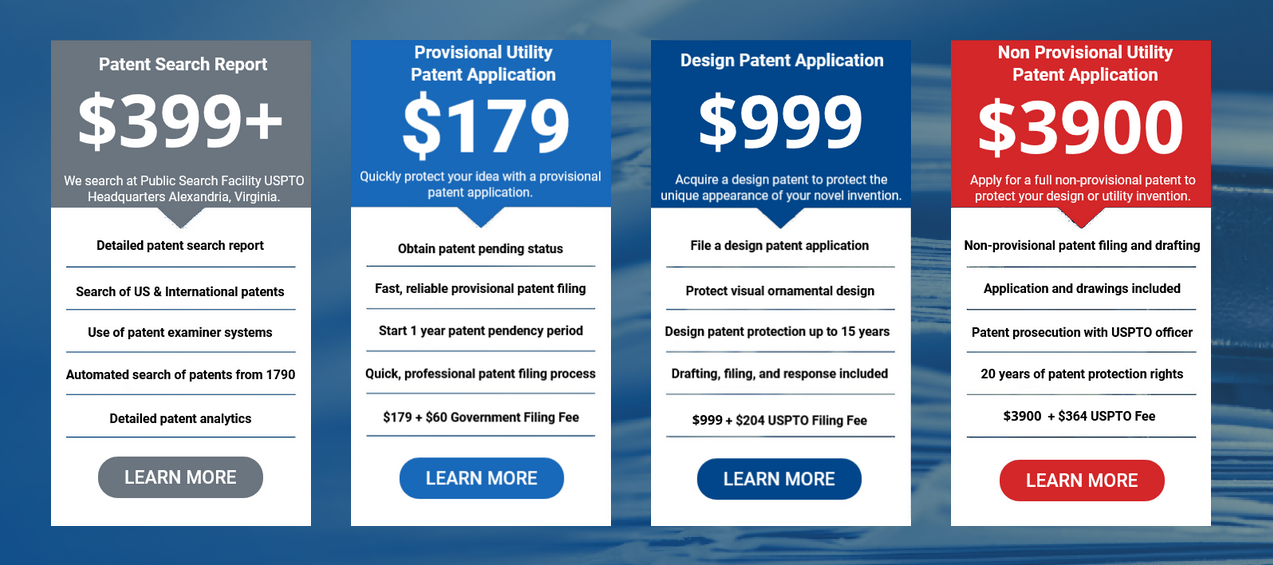There’s a few essential requirements to secure a patent for your invention. Under the US Patent Act of 1790, any new and useful invention, machine, process, or composition of matter may qualify for intellectual property (IP) protection. These requirements additionally extend to the original, creative, and novel improvements of any existing inventions. As a novel inventor yourself, you should know what standards, prerequisites, conditions, and provisions you’ll need to meet for IP eligibility – as stated by the United States Patent & Trademark Office (USPTO). Read on to learn about the requirements to patent my invention.
Your Invention Must Be New
For a start, novel inventions that qualify for United States patent protection need to be new. You’ll need to prove that you are the true visionary and sole innovator behind your idea – before anybody else claims it. Of course, it’s always possible that an inventor could come up with a comparable idea, without even knowing it. So, document every step of your journey in a dated inventor’s journal. During patent examination, the USPTO will review numerous publications, registrations, and disclosures to compare any similar prior art references. If your invention isn’t found to be “new,” your application will be immediately rejected. Surely, make sure your invention is new to protect an idea with intellectual property.
You Meet USPTO Statutory Requirements
The United States Patent Office additionally sets clear statutory requirements for patenting inventors. Statutory standards concern the patentable subject matter of your invention. Of course, there are some new, novel, and non-obvious ideas that are simple ineligible for IP protection. Nonfiction literature, abstract ideas, and data structures are often considered to be non-statutory. Under US law, any new and useful process, machine, invention, or manufactured article should qualify for intellectual property. Certainly, ensure that your invention meets USPTO statutory requirements before filing for a patent.
The Invention Is Possible To Produce
Innovative ideas in development do not qualify for US patent protection. You’ll either need a tangible invention prototype with detailed drawings – or clearly prove that your idea is possible to produce. Say you developed a mobile app that captures client lead information for sales optimization and advertising opportunities. This would likely qualify for patent protection. However, a simple smartphone app idea that helps companies “make more money,” would likely be ineligible – especially without a downloadable app in development. Indeed, ensure that you can demonstrate production methods for your invention before meeting with a US patent lawyer.
Your Invention Must Be Enabled
Of course, you also need to meet USPTO enablement requirements when filing for a patent online. Enablement standards are relatively simple to meet. You just need to be able to explain, document, and demonstrate how your invention is produced and utilized. Your description should suffice for anybody who is experienced, knowledgeable, and skilled in the art. This encourages inventors to push their idea into the public domain. Absolutely, you’ll need to document enablement to patent my invention with the USPTO.
It’s A Non-Obvious Innovation
At the same time, it could be tough to get a patent if your invention isn’t considered non-obvious. Would somebody without specialized expertise be able to easily think of, design, and produce your idea? If the innovation only requires a universal, ordinary skillset – it’s likely ineligible. You can’t patent something that the masses already know about, or that they could easily imagine. Look at what already exists in the industry, then determine how your invention stands out. Definitely, prove non-obvious innovations to protect your invention with binding IP.
You’ll need to meet several key requirements to patent your novel invention with the USPTO. United States law requires eligible inventions to be new, novel, and non-obvious. If you don’t meet each of these qualities, the intellectual property prosecution process will be incredibly challenging. Next, you’ll need to prove that your invention meets USPTO statutory standards and prerequisites. Plus, your invention needs to be enabled – or clearly documented. If you need some clarification on any of the above requirements, reach out to a reputable patent attorney near San Diego. Follow the points above to learn about the USPTO requirements for intellectual property patent rights.





